Race & Design: Mike Drummond Interview





top: Mike and his son racing the F18 Worlds at LA. Photo Jasper Van Staveren.
Mike Drummond Interview|
There is a special breed of designers/engineers that also know how to race, and specially Multis. That group involves some renown personalities like Pete Melvin, Fischer and Mike Drummond. Having some of these guys reading the blog like Martin & Mike it is really a privilege and an awkward feeling for me as an amateur, more when I receive feedback or corrections from them, but of course I take advantage and fireback some technical questions too!
Drummond has a vast ACup experience and was inducted to the ACup Hall of Fame in 2010.
He got in contact with the site when I published a post on the AC45, while he was Oracle Design Director at the time. We met in LA and he told me he had left Oracle, so I thought it was a good opportunity to have his thoughts on current ACup developments and his involvement on the F18 & A-Class racing.
Juicy interview for sure, read together with his previous one here.
——————-
– CSN: You were part of the design team for Oracle Racing, when (why?.) .did you left the project?
Mike Drummond: I left in February 2012 because I became interested in some other things and didn’t want to wait until the end of the Cup. I tried to be somewhat part-time in 2011, but the reality is you get drawn into everything and there is no spare time.
– CSN: Tell us about your sailing/design work background, you worked in several ACups projects.
MD: 1987 in Perth was my first and I remained with Team New Zealand through to the 2003 Cup. Then Alinghi in 2007 and Oracle Racing in 2010. I started in 1985 as a member of the shore crew overseeing construction of the New Zealand 12-metres. Then moved into mechanical design, deck layouts etc.
This was followed quickly by the 1988 DoG Cup. It was a great opportunity because there were no rules, a very tight time frame (7 months from first concept to launching of the Big Boat). The boat looks very old fashioned now, however at the time it was innovative for its size and many features are taken for granted now: bowsprit, gennakers, full-battened mainsail with large roach, swept spreaders, carbon mast, high modulus carbon, non-overlapping jib, deep keel with bulb, over-driven winches. There were no similar yachts to use as a guide for loads and hardware, so I learnt to estimate sheet loads from first principles.
The sum of all these loads is the thrust and side force on a yacht, which determines performance. To understand how these loads are created I taught myself basic aero and hydrodynamics. So I got into performance design backwards – loads first, aero/hydro later. I was lucky to have very good people answering my many questions – Farr, Bowler, Davidson, Schnackenberg, Peterson, Richelsen, Kermarec, Caponnetto, Speer
– Which were your responsibilities / work done at Oracle Design team beyond the AC45?
MD: In AC34 I was part of a multi-discipline group managing the design process.I was also drawn into managing budgets which is an essential part of a campaign. The common belief that Cup teams have unlimited budgets is not
true in my experience. Money is also a surrogate for time – directing the effort to the fruitful areas really sets the budget. It’s like Moneyball – ranking sails against wings against appendages etc.
– I remember when I published some data on the AC45 and you wrote to clarify that the AC45 design was an inhouse develoment. How do see the 45 now, after some tough racing and full on testing, it fulfilled your expectations?
MD: I think it is a really good overall performer. The AC45 is the best yacht I’ve been involved with. The design brief was to
be a 3-30kn gap-filler before the 72s and so teams could transition to wings and multihulls quickly. It’s nice to sail, it makes light airs interesting with speed and finesse, the wing is easy to handle. I was uncertain if it had enough volume in the bow, especially considering the consequences of capsizing with wing. However almost all of the capsizing has occurred from sailors taking risks or making plain mistakes, in my view it has proven to be OK. Anyone who can sail a planing boat could sail an AC45 up to ~25kn by applying some seamanship.
– And the 45 was a real test bed for the bigger cats, how do you see the final results so far on Oracle 72 now? They had some issues on the foils.. They have used their 45s to test several foil designs and combinations, as well as some wing testing. Flying was intended since day one?
MD: Because SF is windy this Cup was always going to be about foil design because hull wetted area drag is the main parameters limiting the top speed of multihulls. A planing hull reduces its wetted surface area with increasing speed, whereas a slender hull doesn’t produce vertical force.
Foils are required to lift the hull and reduce wetted area. However I only imagined we would see semi-foiling – say 70% of weight on the foils, 30% carried by hull displacement. I didn’t think that fully flying would be achieved in this cycle. It’s a huge credit to the designers and sailors to have taken an enormous step in technology and sailing skills in such a short period.
– What about ETNZ foiling S+L solution? It seems quite stable although I’ve seen pics of a high vertical lift a la N20 sequence I once published..
MD: I don’t fully understand why TNZ have the S+L combination. The S adds complexity in building and bearings, but it doesn’t seem to add enough utility in the dihedral angles. I *guess* the S is a compromise solution of adding wings to a proven S-board. If the wing was not faster or controllable at full-scale they could easily revert to a plain S.
– Which are the risks of flying? To me is quite interesting that my amateur view on the need for volume for the bareways is the key point Dalton mentioned after sailing their 72.
MD: Foil lift is related to boatspeed and angle of attack, with boatspeed being the dominant factor.
My main concern is a slow speed bearaway. The thrust that is accelerating the boat is also causing a bow-down moment. Because the foil lift is related to speed^2, the bow-down trim exists before the foil lifting effect really
kicks in.
Over-sized foils will help, but will have too much lift in other situations and their size will compromise speed anyway. Lowering the centre of effort will reduce the trim moment but not the thrust, but this has practical limits with the wing twist. Reducing the aero force by reducing camber must help too. Coordinating speed, steering, trim is not easy, and I don’t think you can 100% guarantee success, so my simplistic way of thinking about it is that you need sufficient bow volume to cope with the times when the foils aren’t effective. Even defining “sufficient” is not an exact calculation.
– The feedback I got from Lange and Fischer on the flying platforms is that by rules you can´t have an ideal solution, which in your opinion that would be (taking out rules) ?
MD: The rules form from basic concepts such as engine/no engine; multis/monos; computer control/manual etc. At the time of rule-writing the thought was that control systems would be highly technical (expensive) which would be a huge barrier to startup teams. No-one involved in rule creation thought it would be feasible to fully foil without automatic control.
I think it is premature to say that the rule should be changed to allow control systems. After this Cup the winner and others should review, but at the moment the boats are foiling, or close to it, without systems. I guess allowing automatic controls would add another 4-5 people to a team.
– Do you think Artemis is way back on their program compared to the others? Or they might benefit on the experience from others?
MD: The public photos show Artemis wing testing but I haven’t seen any foil testing. If this is true it indicates they placed a higher priority for wings than foils. I think good foil design has more potential than a good wing design. Artemis launch photos show a J-shaped board which was
considered radical in 2010, but perhaps is too conservative now. It shouldn’t have any vices though, and they should be able to test rudder wings, and more L-shaped boards in future.
They have to pursue their own design program, not wait to see what others are doing – there may not be enough time to react in any significant way. Perhaps Artemis have emphasised raceability by having some of the grinders on centreline. There is a righting moment loss but those grinders are available all the time. TNZ and OR have pedestals in the hulls so there are periods when the grinders are unavailable due to crossing the boat, or they are in the leeward hull. The Artemis grinders can always move to windward when their task is done too.
– Can we have a more open rules Cup next time if multis stay?
MD: I’m in favour of having tight rules initially for a new class, then make the rules more open each Cup cycle. This way the first generation yachts are more similar in appearance and performance. After each Cup the rule can be tightened in expensive areas and loosened in areas that promote interesting developments to keep the class fresh over time.
The IACC monohull class rule was the opposite – Version 1 in 1992 had a weight range of 16t -25t and 180 – 220m2 mainsail area and there were large speed differences; version 5 in 2007 was a very tight rule, with a few cm between all the competitors. Speed differences were small, but not zero, and creativity was reduced to arcane details. Even though there was reduced scope in design the budgets remained constant, so the same effort was spent on smaller and smaller margins. Tight rules give the illusion of close racing, but they actually favour big budget teams because they improve a
little bit in every area, which adds to a small but insurmountable advantage.
– I’m always trying to differentiate what we are seeing with the AC72s with the Hydroptère for ie, which are the main diffs between both concepts? One of course aims only to straight line speed.
MD: Hydroptère is quite different to a course racing yacht because they are focusing only on speed at one true wind angle. One of the main differences with AC72s is they generate lift on the windward side which reduces righting moment, so their upwind performance is poor.
– What I respect most on people like you, Melvin and Fischer is that you guys also know how to race and sail multis, and that is an added value that no matter how much CFD and simulation technology you may have. Juan K maybe a genius too, but luckily enough he has Santi Lange on his Design team. So how important for the dynamics of multis is to have experience sailing them, more when designing racing performers?
MD: My understanding of the science has always been greatly increased if I can relate to it in a practical way, so for me sailing is really important. Plus it’s fun. I’ve raced A-class since 2003 but it wasn’t until AC33 that I thought hard about the physics of multis. So I learnt intuitively first which made the science easier to grasp. At present it is not practical to simulate every aspect of a yacht especially with regard to dynamics – the computations are accurate, but the effort to cover enough ground is too great.
– You race last NZ AClass nats with a Prototype, a quite strange to me tubular carbon elevated tramp platform, it was some test for the AC72 hulls, or just something your were playing with?
MD: It’s not an AC test. Movable body weight is a big difference between dinghies and big boats where grinders are fixed to their pedestals. So design characteristics don’t generally translate. With the A-class I had a
long list of ideas and finally put them all into one boat. The raised platform is just a logical outcome from looking at the requirements: beams have to clear the waves, freeboard and volume forward, reduced surface area, max beam for trapezing, windage… By using pylons the boat has the correct freeboard and correct beam heights.
– We met at LA and have a talk on the 72s, but how was the F18 Worlds? Your son crew for you right? Planning to race together in the future?
MD: We had a blast learning about F18s, the racing etc. It was an easy regatta to get to, great sailing, we had a nice charter from NACRA. In future I’m sure Finn will want to sail with someone better, or maybe he’ll steer and I’ll crew. The other sailing we do together is on an Extreme40 in Auckland where we share the roles around. We both did the A-Class Europeans this year where he beat me a couple of times.
– How do you see the F18 future on development? Are we stalled now on further innovations?
MD: The class is so strong that I’m sure there will be more innovations. This might be an unfair comment but the rigs seem quite high drag. I suppose this is a consequence of high righting moment with a modest rig height so it might be really difficult to improve because those parameters are fixed. It would certainly require a lot of effort in integrating mast sections and sail designs.
I felt the boards were too small in area for the tight racing, but this comment is not balanced by the speed loss from bigger boards.
– And the AClass?
MD: The two big developments over the last 4 years are powerful sails/bendy masts and curved boards, and I think they have had equal impact on race results. The rigs have reduced variation in downwind speed, so the racing is tighter in the top-30. There is much to learn about curved boards/T-rudders and I’m sure we’re not at an optimum. For example we continually adjust the mainsheet and rudder, so why not adjust the foil pitch in realtime to react
to waves and gusts?
Wings are still difficult to handle but will be faster downwind. Eventually someone will come up with better ideas for structures to make them more practical. Inflatable? Origami..?
– You had some really good results on the A-Class inthe past, are you going to Isla
Morada?
MD: A-class worlds were fairly straightforward, but I’d preferred a better range on conditions to fulfill the complete event, I was on a rented boat and took some care due to some breakages in the practice races. I ended 6th finally after only 5 races.
——–Ends.————
Copyright Catsailingnews.com

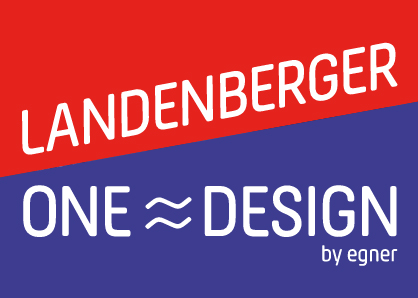
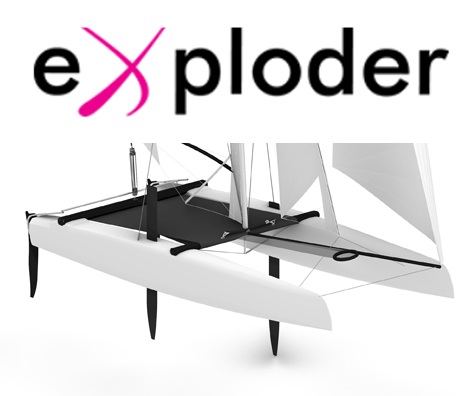
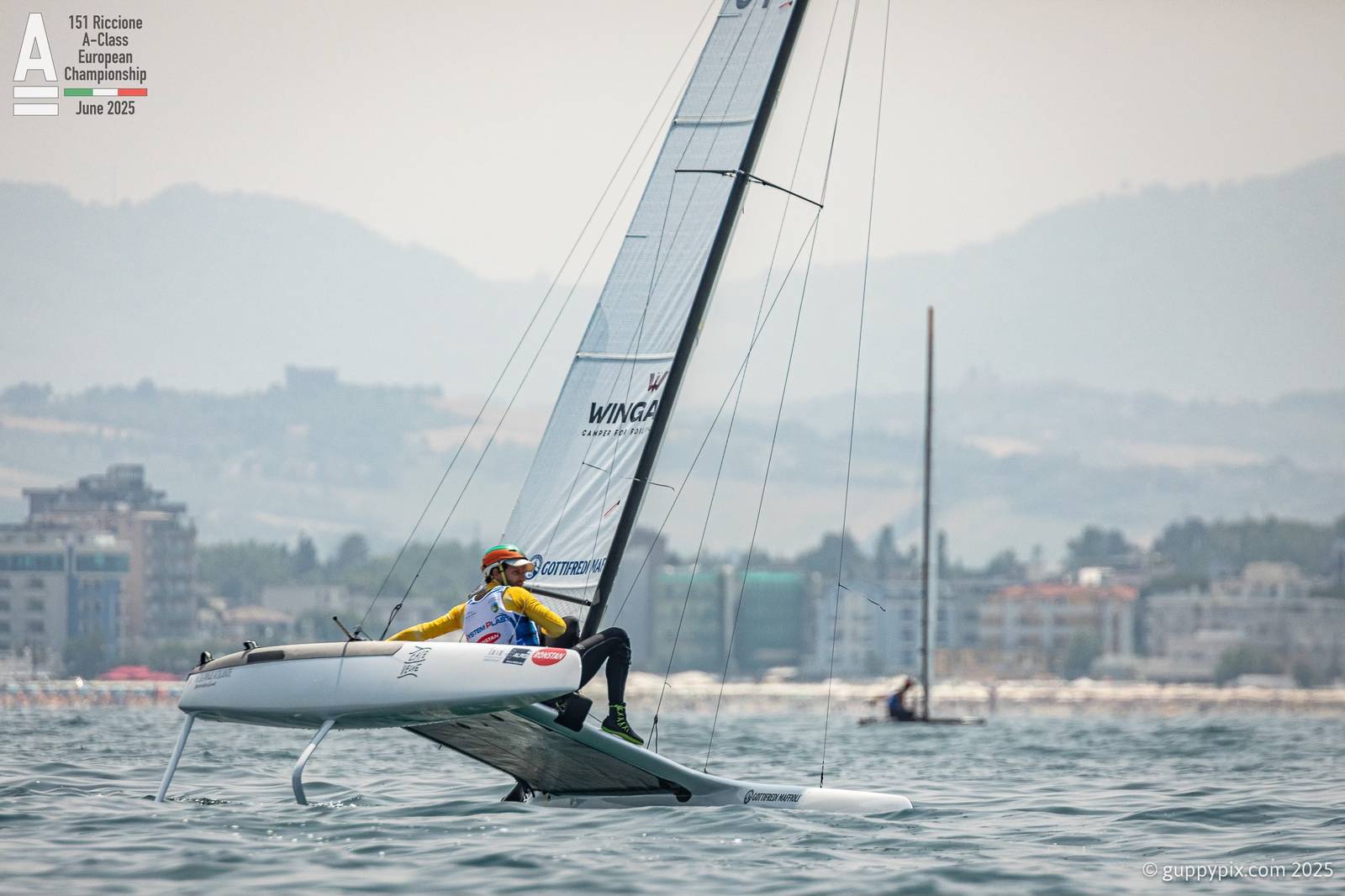
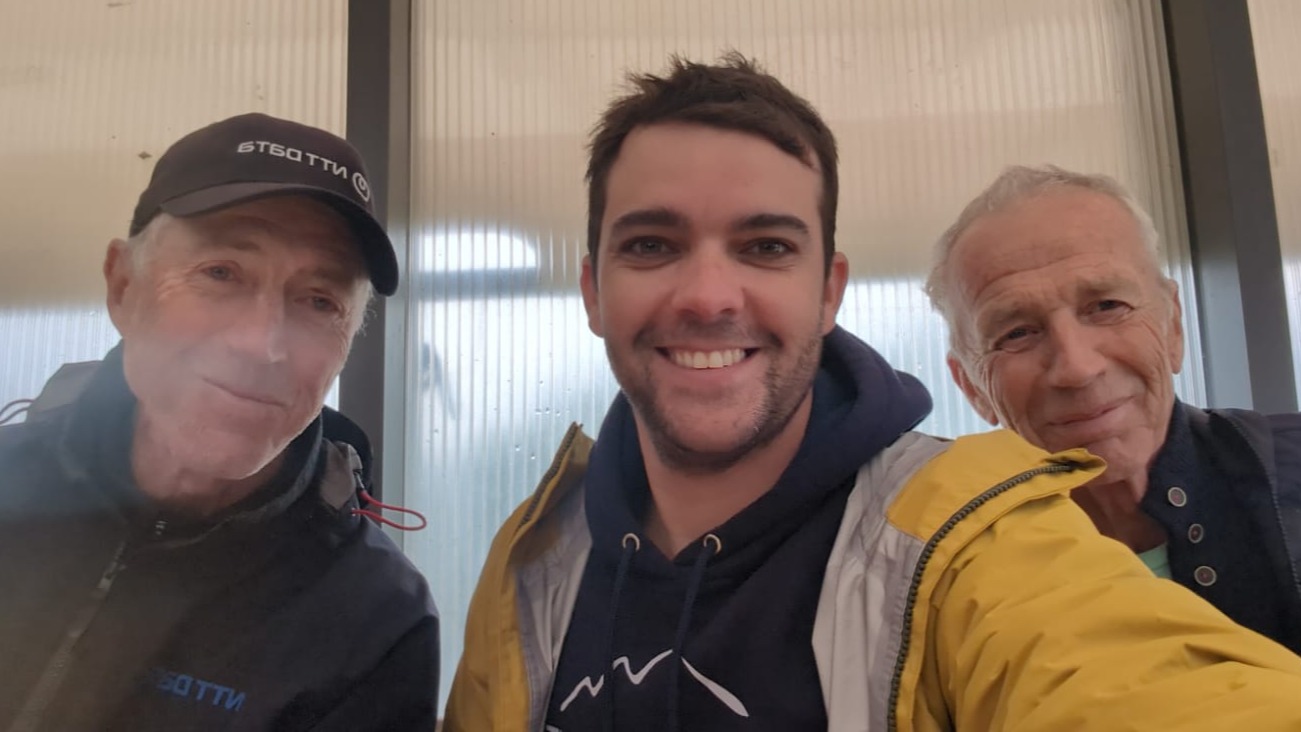
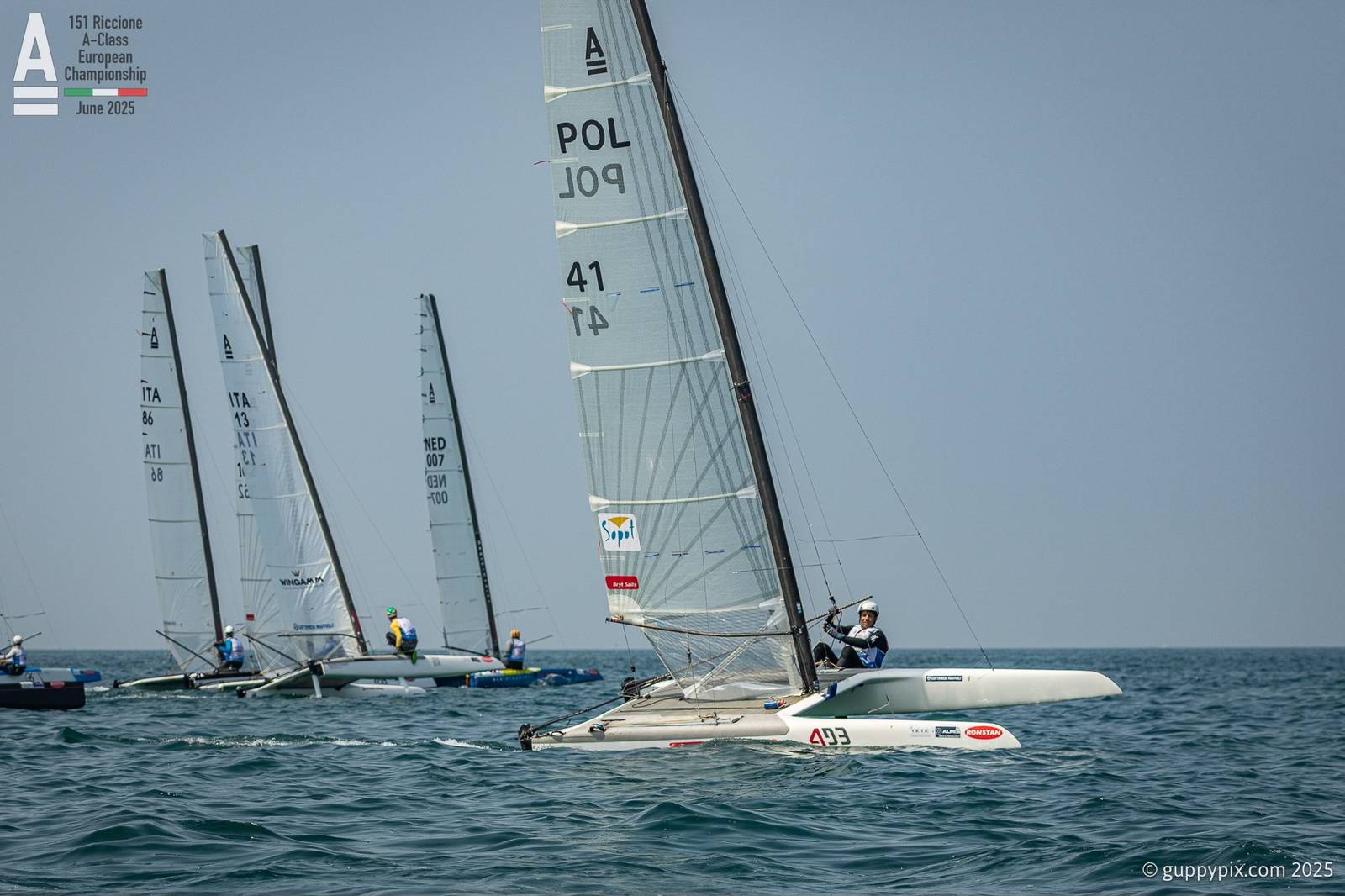
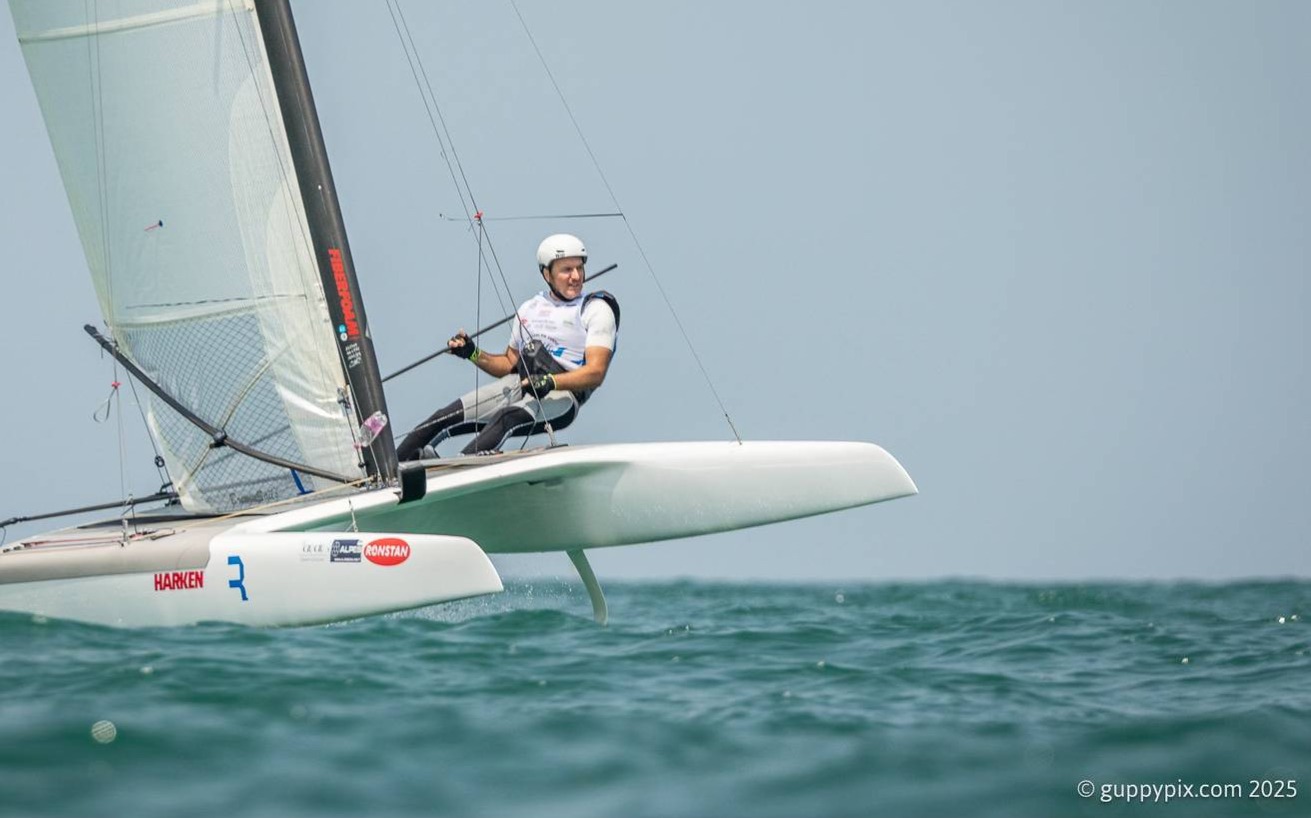
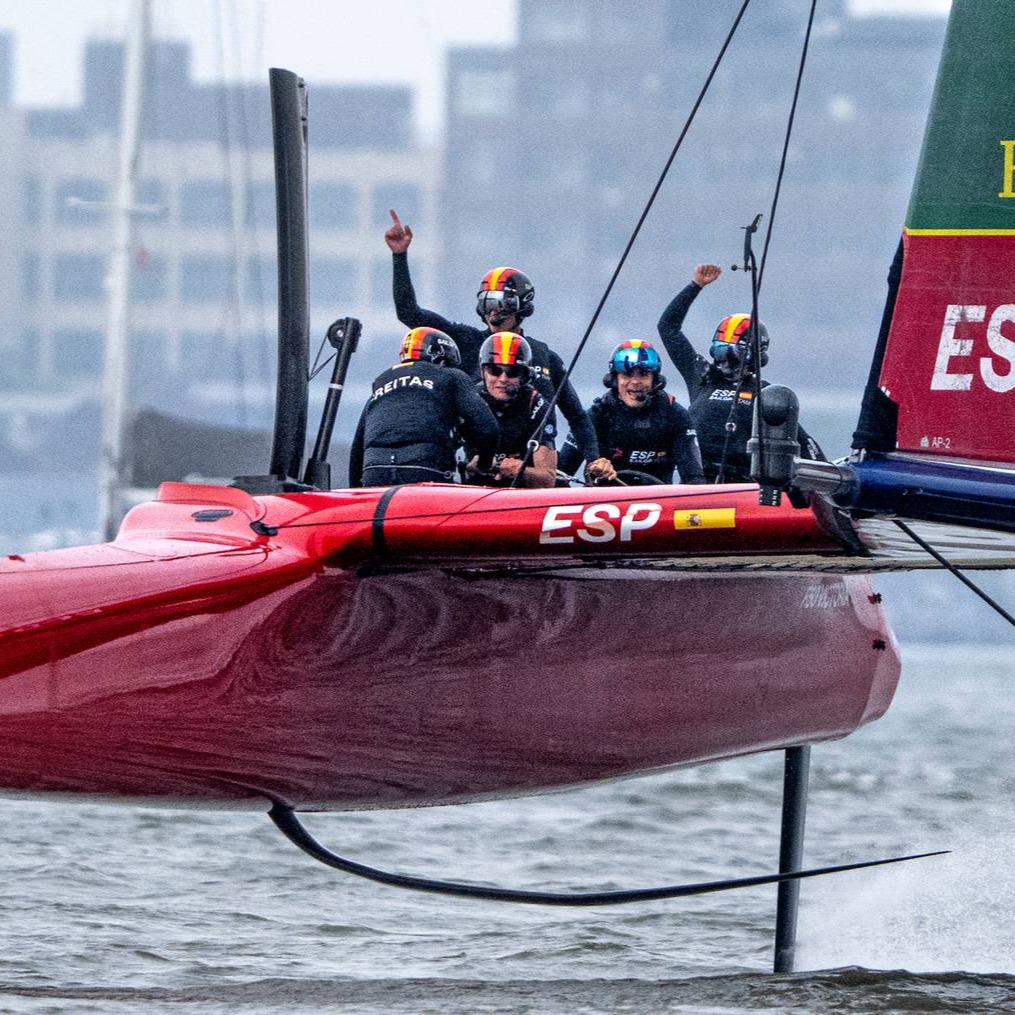
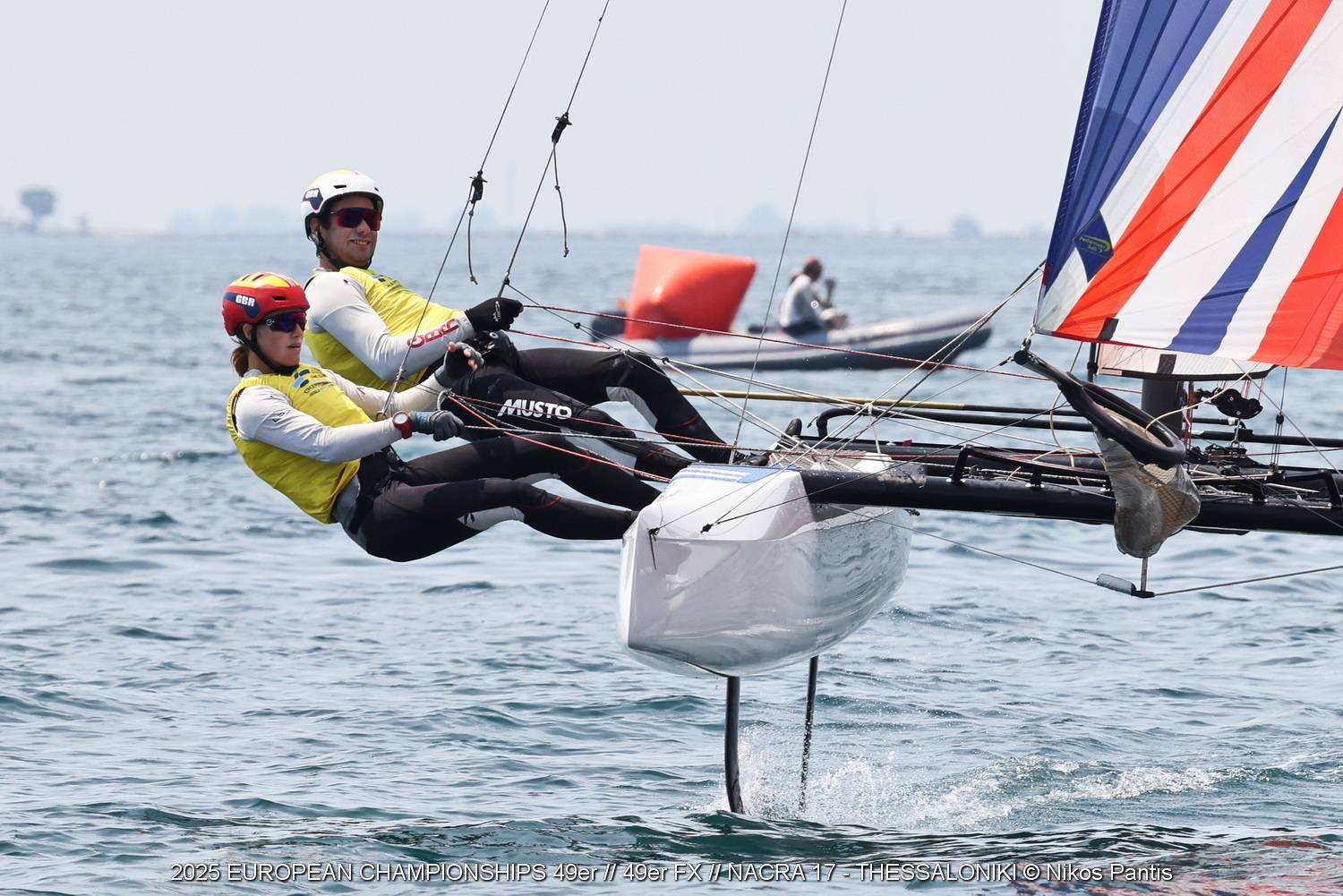
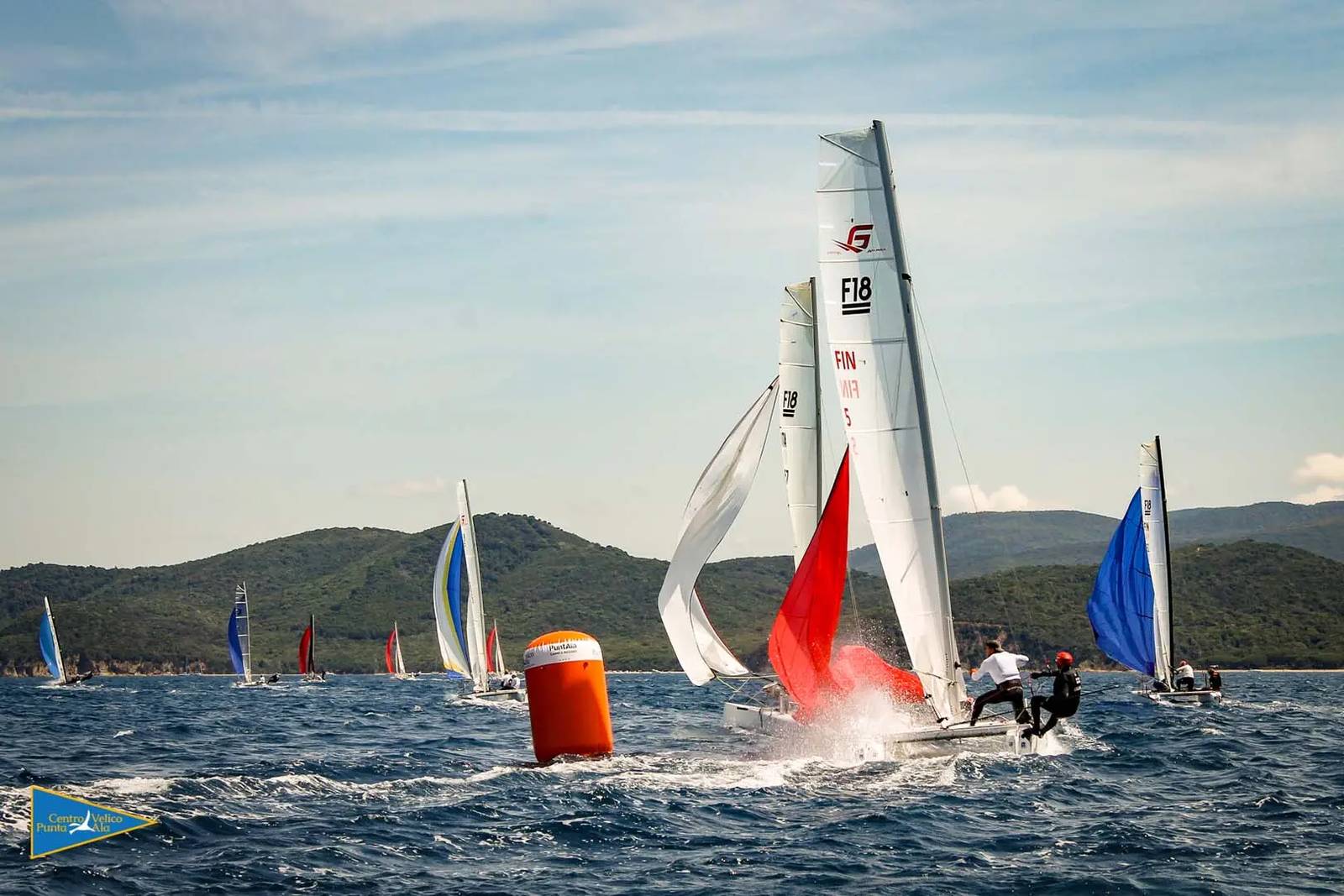
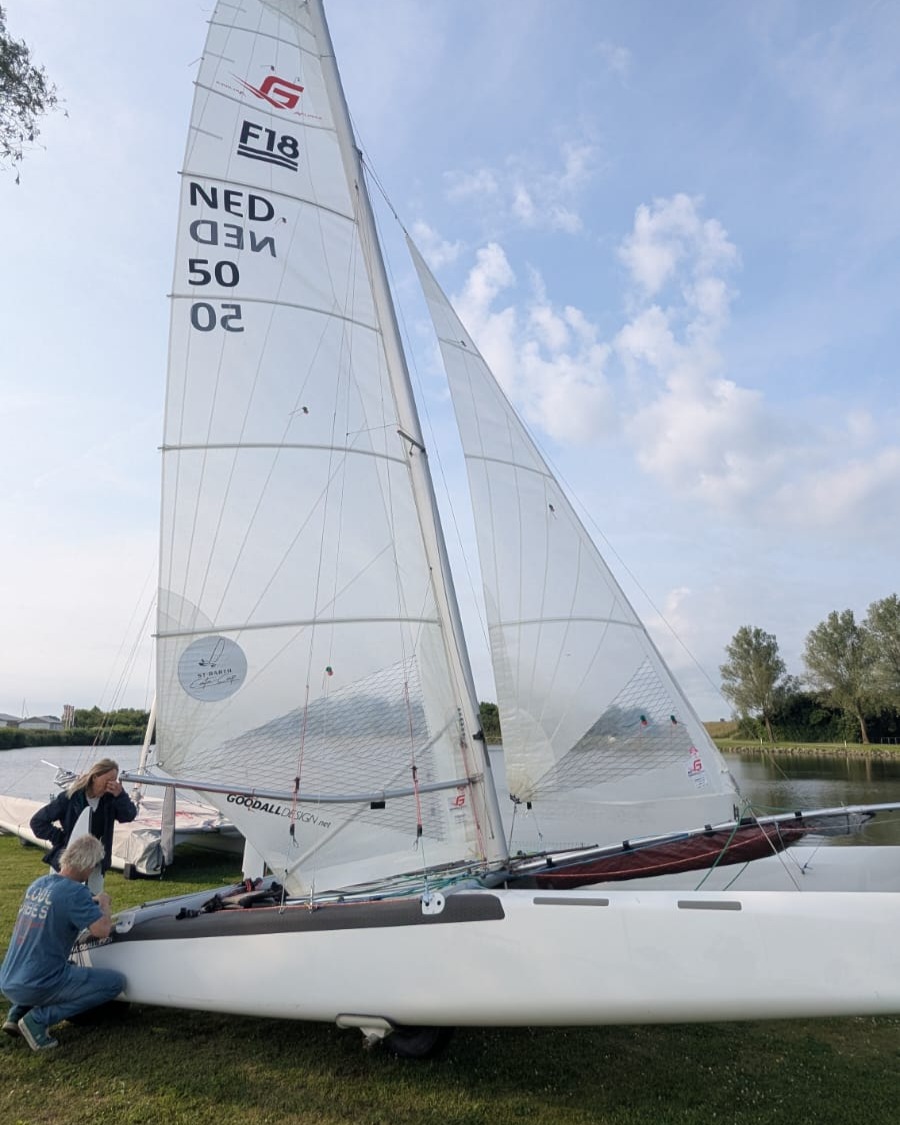
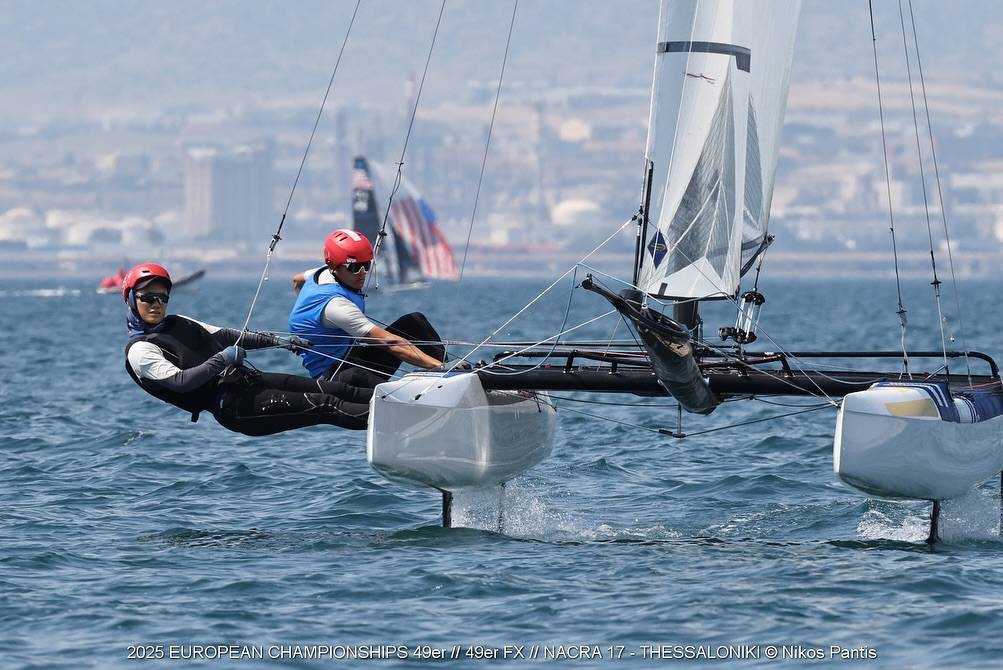



















Teo di Battista , 3° of Classic using Exploder Ad3 2016 version instead Scheurer .
I just heard that my great sailing friend and former CEO of Hobiecat Europe has passed. May The endless oceans…
...Report was sent by an F18 Sailor, if you want Hobies reported send your own, we'll publish as usual. Cheers.
Looks like in your report the Hobies are not really present. Suggest to rewrite the article.
Thanks for the great report Wik. Great battle.